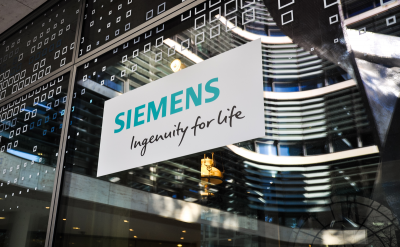Highlights:
- Planned bias detection and mitigation could assist companies, governments, and non-profit organizations gain more from their ad expenses across various groups.
- IBM launched AI Fairness 360, an open-source toolkit to check for and mitigate bias in datasets and ML models, in 2018. Later, it built on this to measure uncertainty.
There are plenty of ways that bias can get woven into Artificial Intelligence (AI) and Machine Learning (ML) algorithms and decisions despite the best inputs to identify and root it out. It could be buried in the data to produce the algorithms, the training process itself, or even arise in how algorithms help make decisions.
IBM launched AI Fairness 360, an open-source toolkit to check for and mitigate bias in datasets and ML models, in 2018. Later, it built on this to measure uncertainty. The tool has upgraded the fairness of housing loans, medical decisions, and insurance.
IBM’s latest new open-source Advertising Toolkit for AI Fairness plans to do the same for the advertisement industry. Customers are not seeking better ad approval similarly as they might for approval of a better medical procedure or better mortgage rates.
Bob Lord, IBM senior vice president of the Weather Company and Alliances, said, “The real meat of all this is about integrating bias detection and mitigation tools in core marketing and advertising technologies.”
Expert in the market and consumer data, Statista, a German company, estimates that companies spent USD 764 billion on advertisements last year. It expects the figure to grow past USD 1 trillion by 2026. Planned bias detection and mitigation could assist companies, governments, and non-profit organizations gain more from their ad expenses across various groups. It might even help improve social determinants of health.
Ad meets tech
Lord said, “The bias that exists in advertising has historically been ingrained in how we do marketing.” All of it starts with how data scientists model segments consumers and data. Now the ad industry is going through an infusion of marketing and technology. Lord also said, “We have gotten really good in the advertising industry at targeting people.” Sadly, in the process of targeting people with the latest ML algorithms, advertisers have also neglected the results for specific groups.
For example, IBM worked with the Ad Council on a project to understand the impact of bias in an algorithmically driven COVID-19 vaccine education campaign. The system programmatically served up over 10 million ad impressions consisting of 108 unique creative variations selected by the algorithms. Later, the system optimized the ads for women aged 45–65. Surprisingly, this group ended up clicking through 32 times more than average.
This might have been an excellent result for a new handbag accessory but was ineffective in improving COVID-19 awareness for other demographics. “The bias is not intentional,” Lord explained. “It is hidden in the technology, and we don’t see it because we don’t have bias-detecting technology built into the machines.”
Lord’s team has integrated this technology into AI and ML development workflows for insurance underwriting and mortgage applications. Currently, the company is working with a few quick-service companies to analyze marketing campaigns post the fact. Lord said, “My hope is that a year from now, we could build this technology from the beginning”.













